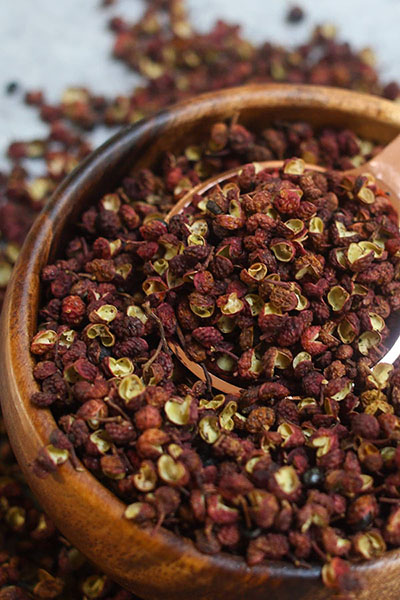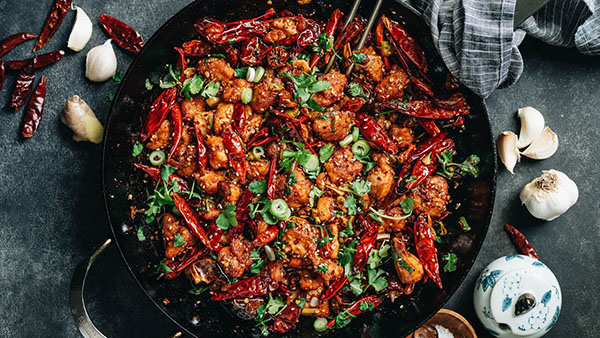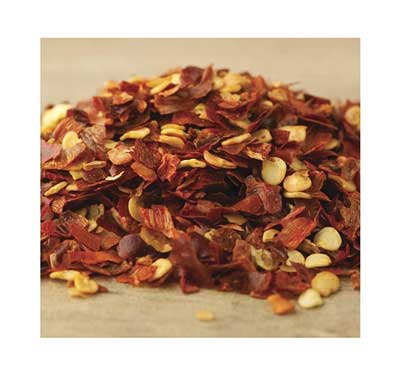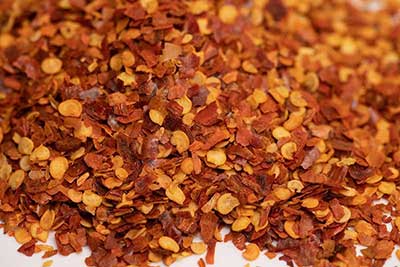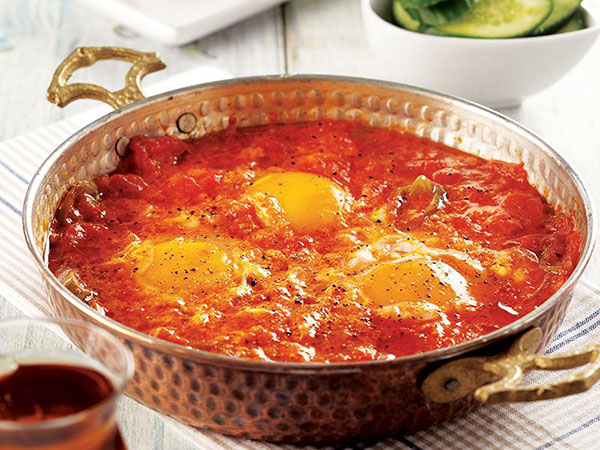Crushed red pepper (often made from dried cayenne, chili flakes, and similar peppers) doesn’t just bring heat — it delivers vitamins, antioxidants, metabolic benefits, and supports overall health when used regularly and in moderation.
🌟 Key Health Benefits
1. Boosts Metabolism
Crushed red pepper contains capsaicin, the compound responsible for its heat.
Capsaicin temporarily increases body heat production (thermogenesis), helping burn calories slightly faster. Regular consumption may help support weight management.
2. Rich in Antioxidants
It contains vitamin C, carotenoids, and flavonoids that help fight free radicals.
Antioxidants support:
- Healthy skin
- Reduced oxidative stress
- Stronger immunity
- Anti-aging processes
3. Supports Heart Health
Capsaicin has shown potential to:
- Improve blood circulation
- Help lower LDL (“bad”) cholesterol
- Support healthier blood vessel function
It may also help reduce plaque buildup over time, supporting long-term cardiovascular health.
4. Anti-Inflammatory Properties
Capsaicin may reduce inflammation by lowering the perception of pain in nerves.
This is why pepper-based creams are sometimes used for joint or muscle pain relief.
5. Good for Digestion
Moderate use can stimulate saliva and gastric juices, improving digestion.
It may:
- Reduce bloating
- Improve enzyme activity
- Promote healthy gut bacteria
(Too much may irritate, so balance is key.)
6. Immune System Support
Crushed red pepper contains:
- Vitamin A, important for mucosal barriers (eyes, lungs, gut)
- Vitamin C, important for immune cell function
Together they help the body defend against infections and seasonal colds.
7. Better Blood Sugar Regulation
Capsaicin may help stabilize blood sugar by increasing insulin sensitivity.
This is beneficial for preventing spikes after meals.
🧪 Nutritional Profile (Approx. per teaspoon)
| Nutrient | Benefit |
|---|---|
| Vitamin A | Vision, immunity, tissue repair |
| Vitamin C | Immune health + antioxidant support |
| Vitamin B6 | Brain function + energy metabolism |
| Potassium | Regulates blood pressure + hydration |
| Iron | Supports red blood cell production |
| Capsaicin | Metabolism + anti-inflammatory impact |
Low-calorie, zero-fat, and nutrient-dense — a little goes a long way.
⚠️ Possible Side Effects & Precautions
Crushed red pepper is powerful — moderation matters, especially if you’re sensitive.
You may want to reduce/avoid if you have:
- Acid reflux (may trigger heartburn)
- Gastritis or stomach ulcers
- IBS or digestive sensitivity
- Hemorrhoids (can cause irritation)
Use carefully if pregnant, breastfeeding, or if taking blood-thinning medication — ask a doctor if unsure.
🌶 Recommended Daily Intake
There’s no strict limit, but ¼–1 teaspoon per day is generally safe for healthy adults.
Increase slowly if you’re new to spicy food — capsaicin tolerance builds over time.
🥣 Best Ways to Use Crushed Red Pepper
- Sprinkle on pasta, pizza, soups, eggs
- Add to stir-fries, roasted veggies, grilled meats
- Mix into olive oil, dips, hummus
- Use in marinades for extra heat + metabolism boost
- Add to lemon water or tea very tiny amount — helps digestion and circulation
